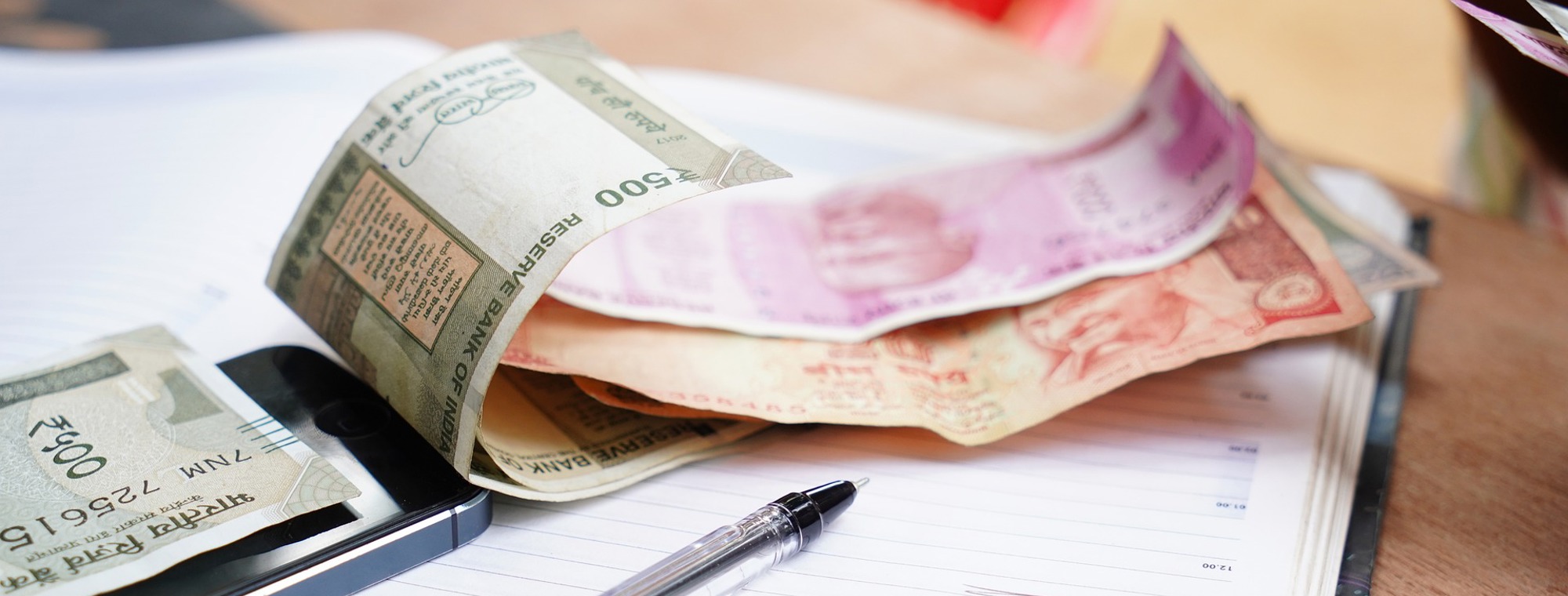Currency Exchange and
Credit Cards Abroad

Traveling abroad means spending abroad. Even when your tour covers hotels and meals, you’ll still want pocket money for gelato in Italy, pastries in France, and frosty bier in Germany. In Europe, though, keep in mind that many smaller establishments are cash only, and shops may enforce minimums for credit and debit cards.
Once upon a time, Americans ventured abroad with traveler’s checks or stacks of carefully concealed twenties and hundreds. The ATM has killed the traveler’s check market for international travel. But should you use cash or credit? Unfortunately, there is no cut and dry answer to this question, as the answer(s) depends on where you’re going, how you plan to get there, and what you’ll be doing that requires payment of some kind. Whether you plan on going or for how long, you need to know which situations are best suited for cash payments and which are more easily dealt with by paying with credit.
How to Check for Up-to-Date Currency Conversions
The most reliable and trusted websites for checking currency conversions are those that use real-time exchange rates from financial institutions or central banks. Here are the top trusted sources, based on accuracy, global reputation, and features:
1. Google Currency Converter
Google: "1 USD to EUR" (or any currency) or type.
Click to see Google currency converter.
Features: Fastest way to get a quick conversion without visiting another site. Pulled from real-time sources like Morningstar and Refinitiv. Instant conversion, chart history in search results.
2. Visit the XE.com Site
XE has been a global leader in currency data for over 25 years.
Features: Live exchange rates, historical charts, mobile app, business tools. You can set alerts and track currency trends over time. Rates from the mid-market rate (the average between buy/sell).
3. Visit the OANDA Site
Used by financial institutions, banks, and travelers.
Features: Professional-grade currency tools, calculators, and APIs. Great for travelers needing exchange rate history or accuracy. Rates from actual interbank and real-world trading rates.
Debit and Credit Cards for Foreign Exchange
Today’s smart traveler withdraws local currency from ATMs on arrival and pays larger transactions with credit cards.
Maximize each cash withdrawal, so you pay fewer fees. Start by withdrawing the maximum and note how long it lasts. You want your cash to last to the airport, but not beyond: You’ll lose money converting back into dollars. Remember that coins can add up in Europe and Canada, so don’t dismiss a pocketful of change as inconsequential – it might buy you dinner!
When Should You Use Cash When Traveling?
In Europe, Asia, and Central and South America, cash is king in most cases. Many travelers prepare for their trips by budgeting how much they will spend using their credit cards because they are unaware that foreign ATMs can be used with US credit and debit cards. This is even more advantageous because the money that comes out of the ATM will be local currency. This is exactly what you need to buy food, purchase souvenirs, and leave a small tip when appropriate.
When you budget ahead of schedule with cash—rather than credit—in mind, you can easily figure out how much you’ll need for your daily budget. You can use a currency converting app on your smartphone or a quick Internet search for current exchange rates.
How Much Cash to Bring and Where to Get It
While cash is usually smarter for travel, you don’t need to bring too much with you, even for extended travel. The smartest plan of action is to not bring any U.S. dollars with you at all: instead, use your debit card at the airport when you land at your destination abroad to pull out between $150–$300 worth of local currency. Airports worldwide have ATMs throughout, and by using this method rather than getting whatever currency you need from your local branch at home, you’ll most likely save money in the exchange. In addition to airport ATMs, you can easily locate large international banks in almost any sightseeing city: use these ATMs to get more cash as needed during your tour.
Keep your cash in a safe place where it cannot be easily taken from you. Some places to consider might be under the insole of your shoe, inside your sock, a hidden pocket of your backpack or purse, or even a money belt if this makes you feel safer.
When Should You Use Credit When Traveling?
Credit can be useful outside of the US for a variety of needs. The best way to use credit while touring is to pick the right card(s). The best cards for travel are those with the lowest APRs, the ones you can pay off before interest kicks in, and/or the cards that offer incentives like travel miles or cashback. Check out the fine print on the credit cards you have, and don’t make the mistake of using your credit or debit cards to pay for every bottle of water, snack, and small souvenir. Without knowing it, you’ll be racking up a tab you’re likely not paying close attention to because you’re on vacation.
Use Your Credit Card for Large Ticket Items
For example, if you’re in Hong Kong and find a designer bag for half the cost, you’d find it in the U.S., buy it with credit. Or, if you're in Italy and want to splurge on a gorgeous red leather jacket in Florence - use your credit card. Make sure you keep all the receipts to get back your VAT tax.
The basic takeaway is to use cash as much as possible, but don’t leave your credit cards at home. You’ll want to have financial options when you’re away from home, and having both cash and credit on-hand is the best way to achieve this goal.
4 Ways to Exchange Currency
Besides the favored ATM/credit card one-two punch, what are other options to exchange currency?
At Your Local Bank
You can buy foreign currency in advance at your local bank. Order online or by phone and pick it up in person. This may be more expensive than an ATM on arrival, but you can cover that first taxi ride and meal when you’re tired from flying. You can also order currency online and have it delivered to you, but the fees for this are generally discouraging.
Use a Traveler's Check
Traveler’s checks are less common and accepted than in the past, but some travelers carry a few for emergencies.
Exchanging Money at the Airport
Have you ever seen a line at the exchange kiosks in airports and tourist areas? Nope, because they are a bad deal. They are notorious for high fees and poor rates and should be a last resort.
Prepaid Credit Cards
Prepaid travel credit cards come with very high fees, so they are seldom recommended.









